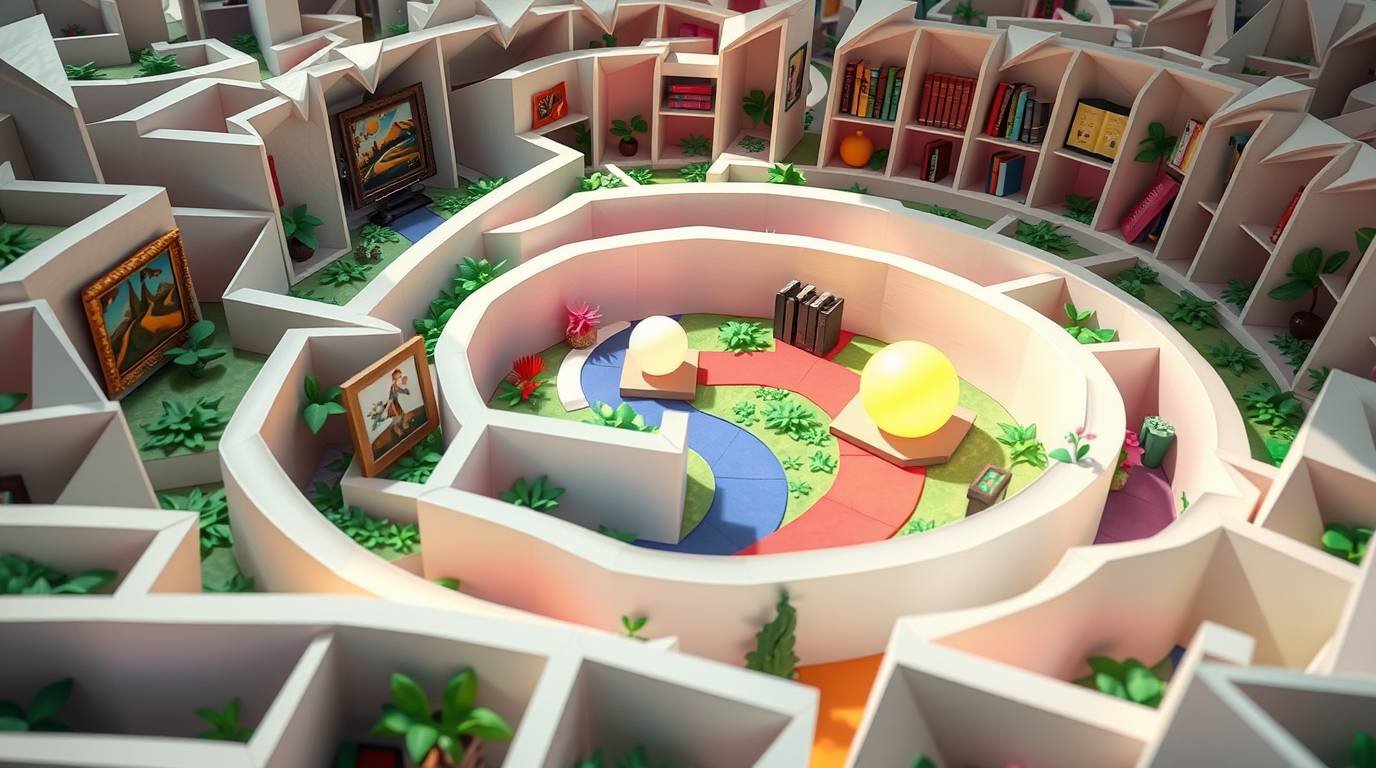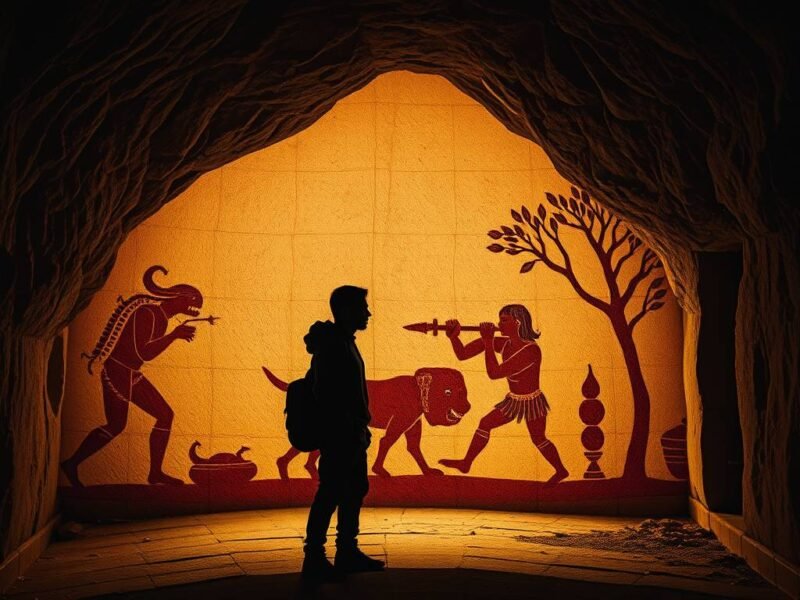Introduction: Entering the Maze
The human mind is vast, intricate, and often mysterious. Within it lie entire worlds: dreams, memories, imagined futures, and uncharted spaces that we sometimes stumble into. It inspires awe with its endless passages of creativity, but it can also entrap us in loops of worry, fear, or confusion. The question is: can we truly become lost inside our own mind?
The Many Chambers of the Mind
From an evolutionary perspective, our wandering thoughts are tools of survival. By imagining outcomes before they happen, we plan, prepare, and innovate. Storytelling, art, and problem-solving are all products of this mental maze. Philosophically, the labyrinth may be our way of grappling with meaning — searching for understanding in a universe that rarely provides clear answers.
When we step inside the labyrinth, we encounter many chambers:
Dreams
Each night we wander corridors of strange logic and vivid imagery. In lucid dreams, some even realize they are inside the maze, steering their own course. But even so, dreams often feel more real than waking life until we open our eyes again. During REM sleep, brain activity closely resembles waking states, showing just how immersive these inner worlds can be.
Coma and Locked-in States
For some, the labyrinth is not metaphor but reality. Brain scans show that many coma patients retain pockets of awareness, experiencing sensations they cannot express. In locked-in syndrome, the mind is fully awake but the body is paralyzed, a chilling example of being trapped within one’s own walls. fMRI research continues to uncover hidden signs of consciousness, challenging what we once thought unconsciousness meant.
Daydreams and Imagination
When we drift off in thought, the labyrinth becomes a playground. The brain’s “Default Mode Network” activates, allowing us to simulate futures, replay the past, or invent entirely new worlds. Children naturally spend hours here; adults often suppress it, though creativity and problem-solving thrive on these moments of mental wandering.
Psychedelics and Alcohol
Studies show how chemical shifts can temporarily reshape the labyrinth, opening new passages and perspectives. Psychedelics in particular alter serotonin pathways and neural connectivity, sometimes dissolving the boundaries between self and world. Alcohol, by contrast, can blunt pathways, dimming awareness but also loosening the guardrails of inhibition. Both show how fragile — and flexible — the structure of our inner maze can be.
When the Labyrinth Turns Dangerous
Yet the same labyrinth that nurtures imagination can also twist against us:
- Overthinking: Loops of rumination trap us in corridors of anxiety and regret.
- Psychosis: In some cases, the boundary between inner and outer reality dissolves until perception itself is consumed by the maze.
- Digital Immersion: Virtual reality, gaming, and endless scrolling create external dreamscapes that pull us deeper into mental chambers, sometimes at the cost of connection to the physical world.
Lessons from the Labyrinth
The labyrinth teaches us two essential truths:
- Imagination is boundless. The fact that we can dream entire universes shows how powerful consciousness truly is. Creativity, empathy, and invention all begin in these inner passages.
- Balance is vital. Like the myth of Ariadne’s thread guiding Theseus, we need grounding practices to find our way out when the maze overwhelms us. Mindfulness, journaling, time in nature, deep breathing, and meaningful connection with others serve as our guiding threads.
Closing Reflections: Walking the Maze
Perhaps the greatest lesson is that the labyrinth is not something to escape but something to explore with awareness. Our fears, our hopes, our creativity, and our vulnerabilities are all etched into its walls. At times we may feel lost, but those very turns and dead ends can lead us to unexpected insights and growth.
Questions for Reflection:
- If our minds can build entire worlds, is external reality just one path among many?
- Should we fear being lost in thought, or embrace it as a source of creativity?
- In the future, will we choose which mental labyrinth we wish to inhabit?
The labyrinth of our mind is endless. The challenge is not whether we enter it — for we always do — but whether we walk its passages with intention, awareness, and courage.



